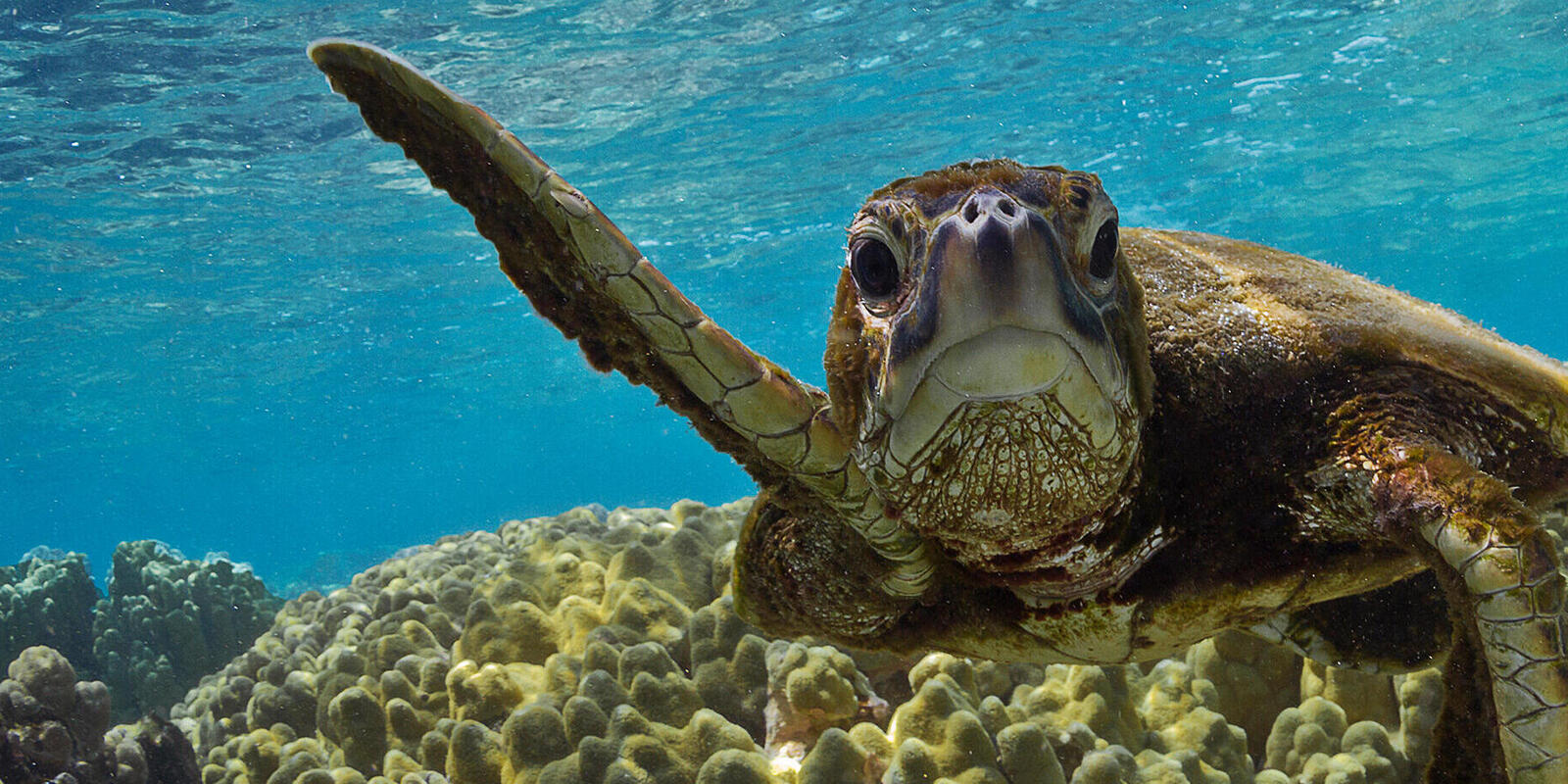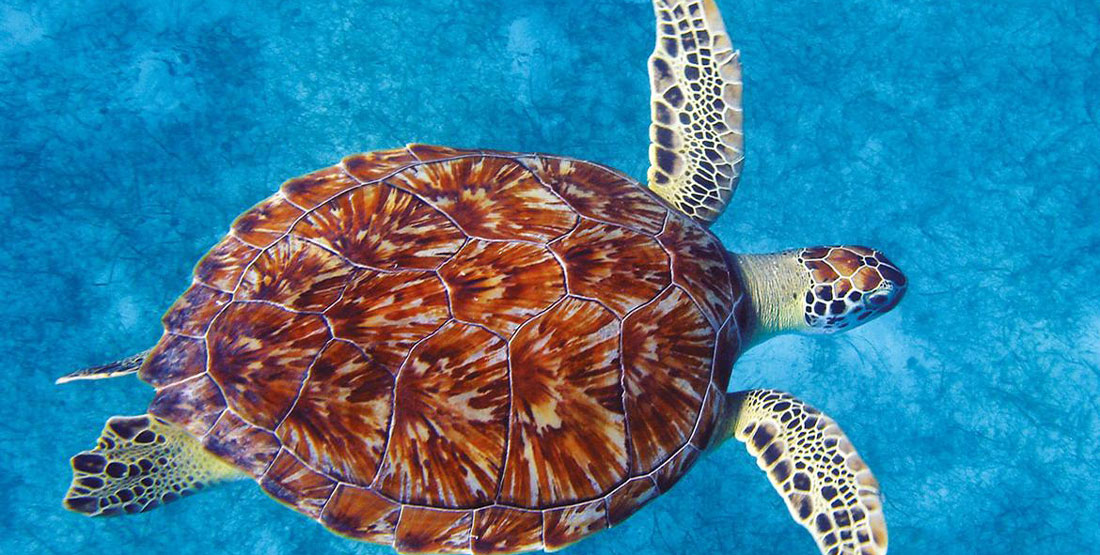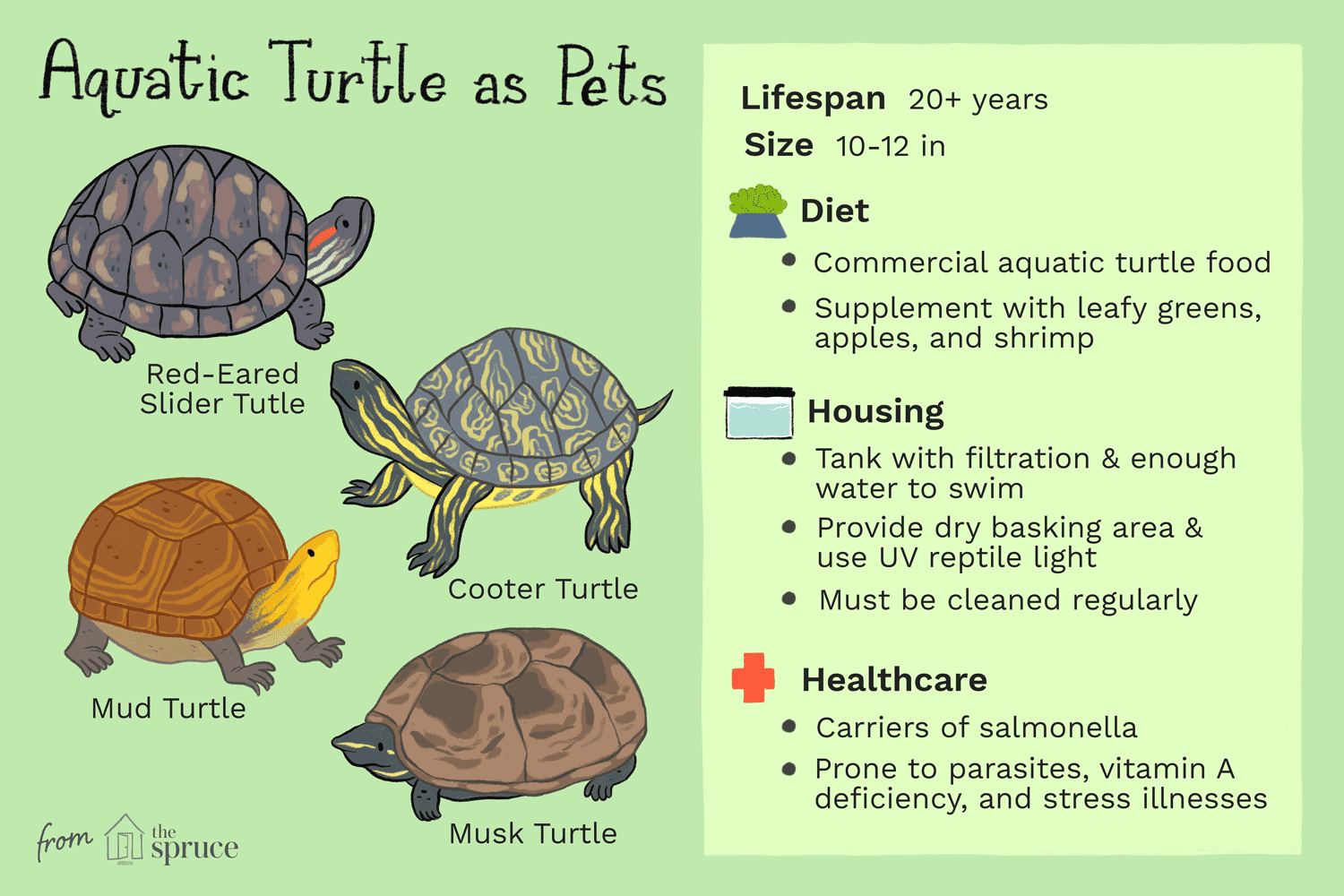All turtles are not water turtles; many species can live both on land and in water. Turtles are fascinating creatures that have captured the interest and curiosity of people around the world.
From their unique shell to their slow and steady demeanor, turtles have become beloved symbols of resilience and longevity. However, when it comes to their habitat, not all turtles are exclusively water dwellers. While it is true that some turtles, like the sea turtle or the painted turtle, spend the majority of their lives in water, not all turtles are water turtles.
In fact, many species of turtles have the ability to move between land and water, adapting to various environments and making them versatile creatures of both domains. We will explore the diversity of turtles and discuss the different types of turtles that exist in the world. So, let’s dive in and discover the fascinating world of turtles together.

Credit: www.worldwildlife.org
Characteristics And Behavior
Adaptations of water turtles: Water turtles, also known as aquatic turtles, have evolved various adaptations that allow them to thrive in aquatic environments. One common adaptation is their streamlined bodies, which enable them to move through water with ease. Their limbs are modified into flippers or webbed feet, facilitating efficient swimming and maneuvering in water. Additionally, their shells are relatively flat and streamlined compared to land turtles, reducing drag and allowing them to swim gracefully. Another important adaptation is their ability to extract oxygen from water using specialized respiratory structures like gills or buccopharyngeal pumping.
Habitat preferences: Water turtles primarily inhabit freshwater bodies such as lakes, ponds, rivers, and marshes. They seek out areas with abundant vegetation, as it provides them with food sources and hiding places. Some species also venture into brackish or even marine habitats, demonstrating their adaptability to different salinity levels.
Feeding habits: Water turtles are omnivorous, consuming a wide range of food items. Their diets consist of both plant matter, such as aquatic plants, algae, and fruits, as well as animal prey like insects, small fish, crustaceans, and amphibians. This versatile diet ensures they can find sustenance in their aquatic habitats.

Credit: www.burkemuseum.org
Different Types Of Turtles
Aquatic turtles: These turtles are primarily found in water habitats such as ponds, lakes, and rivers. They have webbed feet and streamlined shells, which allow them to swim efficiently. Aquatic turtles, like the red-eared slider and painted turtle, spend most of their time soaking in water and are excellent swimmers.
Semi-aquatic turtles: As the name suggests, these turtles spend most of their time both in water and on land. They have partially webbed feet and their shells are not as streamlined as that of aquatic turtles. Semi-aquatic turtles, such as the box turtle and map turtle, enjoy basking in the sun on rocks or logs, but also actively swim in water.
Terrestrial turtles: These turtles primarily live on land and do not require water habitats. They have feet designed for walking rather than swimming, with strong claws for digging. Terrestrial turtles, such as the tortoise and wood turtle, have thick, sturdy shells to protect them from predators in their terrestrial environments.

Credit: animals.mom.com
Conclusion
To sum up, not all turtles are water turtles. While many turtle species thrive in aquatic environments, there are also terrestrial turtles that prefer to live on land. The distinction between water turtles and land turtles is essential to understanding their habitat requirements and care needs.
So next time you encounter a turtle, remember to consider its specific species and natural habitat for their optimal well-being. Happy turtle watching!






Leave a Reply